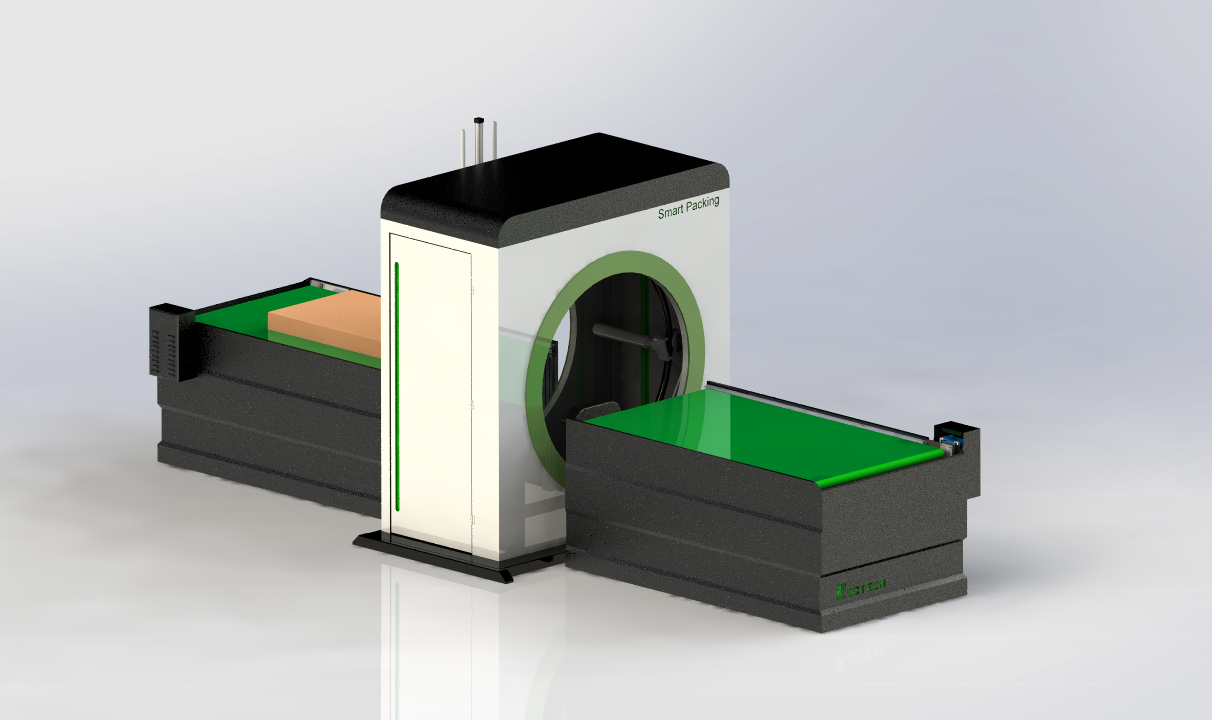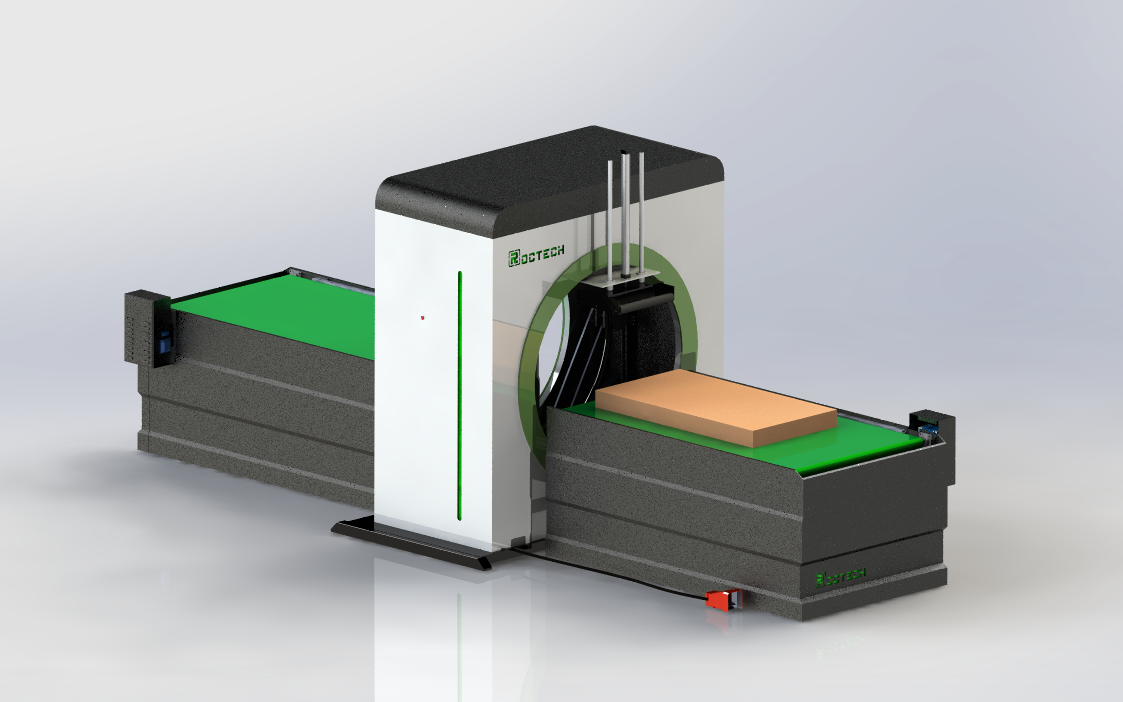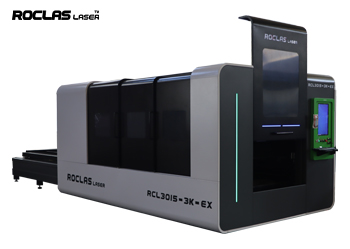The manufacturing industry is undergoing a transformative phase, driven by advancements in technology and the need for increased efficiency. Among these advancements, fiber laser automation stands out as a game-changer. This technology is revolutionizing the way materials are cut, engraved, and processed, offering unprecedented precision, speed, and flexibility. In this article, we will delve into the intricacies of fiber laser automation, exploring its benefits, applications, and the future it holds for the manufacturing sector.
Introduction to Fiber Laser Automation
Fiber laser automation refers to the integration of fiber laser technology with automated systems to enhance manufacturing processes. Fiber lasers are a type of solid-state laser that use optical fibers doped with rare-earth elements such as erbium, ytterbium, or neodymium to generate a high-intensity laser beam. This beam is then directed through a series of mirrors and lenses to perform cutting, engraving, or marking tasks on various materials.

Automation, on the other hand, involves the use of control systems and information technologies to reduce the need for human intervention in manufacturing processes. When combined, fiber laser automation creates a powerful synergy that significantly improves productivity, accuracy, and consistency in manufacturing operations.

Benefits of Fiber Laser Automation
1. Enhanced Precision and Accuracy Fiber lasers are known for their ability to produce extremely fine and precise cuts. When integrated with automated systems, the precision is further enhanced, allowing for intricate designs and complex patterns to be executed with minimal error.
2. Increased Speed and Efficiency Automated fiber laser systems can operate at high speeds, significantly reducing the time required for cutting or engraving tasks. This increased speed translates to higher throughput and lower production costs.

3. Versatility in Material Processing Fiber lasers can process a wide range of materials, including metals, plastics, ceramics, and composites. Automated systems can be programmed to handle different materials and thicknesses, making them highly versatile for various manufacturing applications.
4. Reduced Labor Costs Automation reduces the need for manual labor, leading to lower labor costs and minimizing the risk of human error. This is particularly beneficial in high-volume production environments.
5. Improved Safety Automated fiber laser systems are equipped with safety features such as enclosures, sensors, and emergency stop mechanisms, reducing the risk of accidents and ensuring a safer working environment.
6. Consistency and Repeatability Automation ensures that each task is performed identically, resulting in consistent and repeatable outcomes. This is crucial for maintaining quality standards in manufacturing.
Applications of Fiber Laser Automation
1. Metal Cutting and Welding Fiber laser automation is widely used in the metalworking industry for cutting and welding tasks. It is particularly effective for cutting thin to medium-thickness metals with high precision and speed. Applications include automotive parts, aerospace components, and machinery manufacturing.
2. Engraving and Marking Automated fiber laser systems are used for engraving and marking various materials, including metals, plastics, and glass. This is commonly used in the production of serial numbers, logos, barcodes, and decorative designs.
3. Medical Device Manufacturing The medical industry benefits from fiber laser automation in the production of precision components such as surgical instruments, implants, and diagnostic equipment. The high precision and cleanliness of fiber lasers are essential for meeting stringent medical standards.
4. Electronics and Semiconductor Industry Fiber laser automation is employed in the production of electronic components, including circuit boards, connectors, and microchips. The ability to perform precise and delicate operations is critical in this industry.
5. Textile and Apparel Industry Automated fiber laser systems are used for cutting and engraving textiles, leather, and other materials in the fashion and apparel industry. This allows for intricate designs and patterns to be created with high precision.
6. Jewelry Manufacturing Fiber laser automation is utilized in the jewelry industry for cutting, engraving, and marking precious metals and gemstones. The precision and finesse of fiber lasers are ideal for creating intricate and detailed jewelry pieces.
The Future of Fiber Laser Automation
The future of fiber laser automation is promising, with ongoing advancements in technology and increasing adoption across various industries. Here are some key trends and developments to watch for
1. Integration with Industry 4.0 Fiber laser automation is becoming an integral part of the Industry 4.0 revolution, which emphasizes the use of smart factories, IoT (Internet of Things), and data-driven decision-making. Automated fiber laser systems are being integrated with IoT platforms to enable real-time monitoring, predictive maintenance, and optimization of manufacturing processes.
2. Artificial Intelligence and Machine Learning The incorporation of AI and machine learning algorithms into fiber laser automation systems is enhancing their capabilities. These technologies enable automated systems to learn from data, improve performance, and adapt to changing production requirements.
3. Increased Adoption in Small and Medium Enterprises (SMEs) As the cost of fiber laser automation systems decreases and their capabilities improve, more SMEs are adopting this technology. This is democratizing access to advanced manufacturing capabilities and leveling the playing field for smaller businesses.
4. Sustainability and Energy Efficiency Manufacturers are increasingly focusing on sustainability and energy efficiency. Fiber laser automation systems are being designed to consume less energy and produce less waste, contributing to more sustainable manufacturing practices.
5. Customization and Personalization The demand for customized and personalized products is growing. Fiber laser automation enables manufacturers to efficiently produce customized products with high precision and flexibility, meeting the needs of individual customers.
6. Expansion into New Industries As fiber laser technology continues to evolve, new applications and industries are emerging. For example, fiber laser automation is being explored for use in the construction industry for cutting and shaping building materials, and in the food industry for packaging and labeling.
Conclusion
Fiber laser automation is revolutionizing the manufacturing industry, offering a host of benefits including enhanced precision, increased speed, and reduced labor costs. Its applications span across various industries, from metalworking and electronics to textiles and jewelry. As technology continues to advance, the future of fiber laser automation looks bright, with trends such as integration with Industry 4.0, AI and machine learning, and increased adoption by SMEs driving further growth and innovation.
Manufacturers who embrace fiber laser automation will be well-positioned to stay competitive in an increasingly demanding and dynamic market. By leveraging the capabilities of this transformative technology, businesses can achieve higher levels of efficiency, quality, and sustainability, paving the way for a brighter future in manufacturing.
Regardless of whether you require general advice or specific support, we are happy to help you.